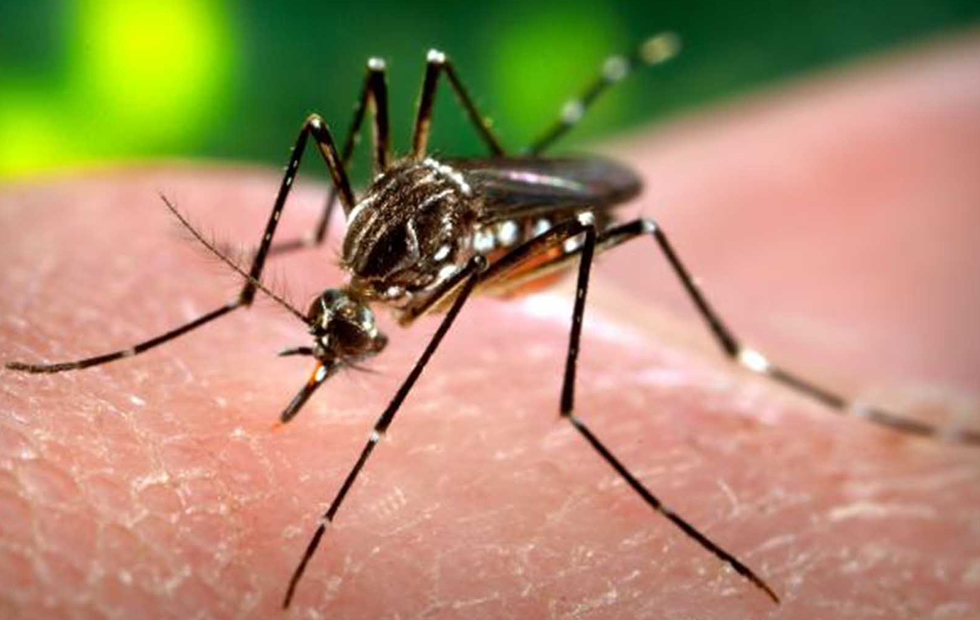
Malaria is a very deadly infectious disease that has been afflicting mankind for thousands of years. According to the World Health Organization (WHO), the annual prevalence rate of malaria infections was 219 million people worldwide as at the end of 2017. The statistics also shows that a staggering 3.2 billion people out of the world population of 7.2 billion face the risk of contracting malaria. It further reveals that annually, there are over 400,000 deaths from malaria worldwide, with 90 percent of the deaths occurring in Africa. This is because the majority of infections in Africa are caused by plasmodium falciparum, the most dangerous of the four human malaria parasites. It is also because the most effective malaria vector – the mosquito Anopheles gambiae – is the most widespread in Africa and the most difficult to control.
MALARIA SCOURGE IN AFRICA: The Scary Statistics
The six highest burden countries in the WHO African region (in order of estimated number of cases) are: Nigeria, Democratic Republic of Congo, United Republic of Tanzania, Uganda, Mozambique and Cote d’Ivoire. These six countries account for an estimated 103 million (or 47%) of malaria cases globally. According to the World malaria report released by WHO in November 2018, there were 219 million cases of malaria in 2017, up from 217 million cases in 2016. Children under five years of age are the most vulnerable group affected by malaria. In 2017, they accounted for 61% of all known malaria deaths worldwide. For centuries, mosquito has been a major scourge to man especially in Africa due to the disease spread by this vector. Mosquito is the vector that causes several ailments including Yellow fever, Dengue fever, Filariasis and lately Zika. However, the most common disease spread by mosquito is Malaria fever.